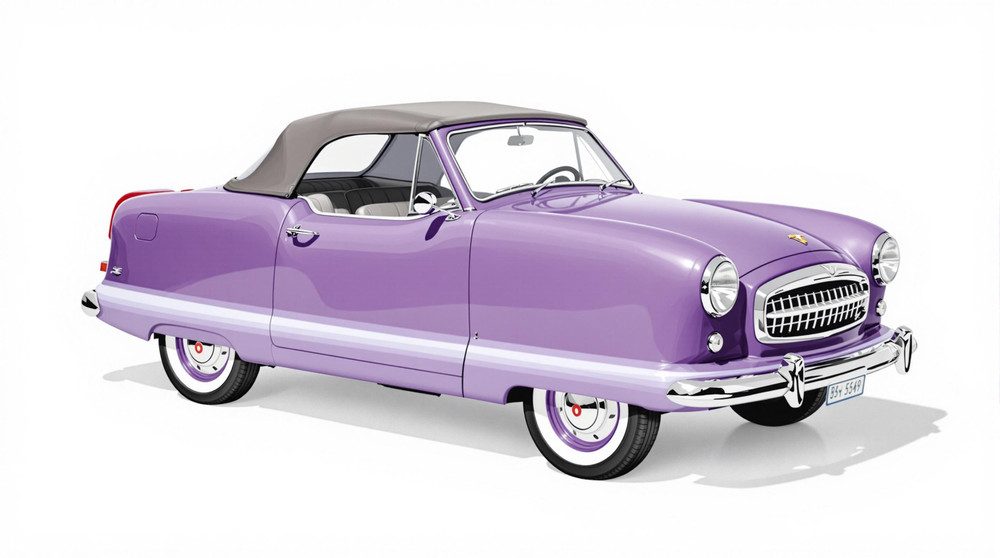Image of 1954 Metropolitan Series A, Note: These illustrations use artistic license and may differ from actual historical models.
Performance Metrics
Fundamental Metrics
Emotional Appeal
MMP Rating
| Engine Specifications | |
|---|---|
| Engine: | 1.2L Austin A40 Inline-4 |
| Displacement: | 1200cc |
| Horsepower: | 42 HP |
| Torque: | 64 lb-ft |
| Compression Ratio: | 7.2:1 |
| Ignition System: | Distributor and coil |
| Cooling System: | Water-cooled |
| Performance Specifications | |
| 0-60 Time: | 30 seconds |
| 1/4 Mile Time: | Not available |
| Top Speed: | 75 mph |
| Transmission and Drive | |
| Drive Type: | Rear-wheel drive |
| Transmission Type: | 3-speed manual |
| Fuel and Efficiency | |
| Fuel System Type: | Single carburetor |
| MPG: | 30-35 mpg |
| Dimensions and Brakes | |
| Brakes: | Drum brakes |
| Wheelbase: | 85 inches |
| Weight: | 1800 lbs |
Note: Specifications for classic cars are given to the best of our ability, considering the limited and variant data available.
1954 Metropolitan Series A: A Compact Pioneer with a Transatlantic Pedigree
The 1954 Metropolitan Series A emerged as an audacious experiment in automotive history, a small car with big ambitions. Born out of a partnership between America's Nash-Kelvinator Corporation and Britain's Austin Motor Company, the Metropolitan was designed for urbanites in post-war America. It was a vehicle that broke the mold, challenging the era's trend of large, fuel-thirsty cars with its compact dimensions and economical operation. Notably, it was one of the first American cars marketed specifically to women, with its size and ease of use being major selling points.
Design and Innovation: A Stylish Statement on Wheels
The Metropolitan's exterior styling was a breath of fresh air. Its distinctive two-tone paint scheme, often featuring bold colors like Spruce Green contrasted with Snowberry White, turned heads and set trends. The bodywork exuded charm with its curvaceous lines, encapsulating 1950s optimism. Inside, the Series A offered a surprisingly roomy cabin for its size, with seats trimmed in stylish fabrics that spoke to the quality aspirations of its makers. Technologically, it boasted unitary construction—a rarity at the time—enhancing rigidity while keeping weight low. Among body styles, the convertible variant stood out as an icon of leisure and freedom.
Historical Significance: More Than Just a Pretty Face
The Metropolitan's impact went beyond mere aesthetics; it was a harbinger of the compact car movement in the United States. At a time when bigger was almost always equated with better in the automotive world, this little Anglo-American machine dared to suggest otherwise. Its success paved the way for other small cars that would later find favor on American roads.
Performance and Handling: Zippy Urbanite with Nimble Moves
Under the hood lay an Austin-sourced 1.2-liter inline-four engine that propelled the Metropolitan to respectable speeds for city driving. While not designed as a speed demon, it could reach a top speed of around 70 mph and move from 0-60 mph in leisurely fashion compared to today's standards. On winding roads or navigating through city traffic, however, the car's light weight and compact dimensions allowed for nimble handling that made driving a joyous affair.
Ownership Experience: The Quintessential Second Car
The Metropolitan Series A found its niche as an ideal second car for suburban families or as a stylish runabout for errands and commutes. Its reliability was commendable for the era, though parts availability now can be a concern for classic car enthusiasts. Maintenance is straightforward by modern standards, making it an accessible entry point into vintage car ownership.
Fun Facts: The Metro's Quirky Legacy
The Metropolitan has had its share of limelight with celebrity owners like Elvis Presley adding to its allure. It also made cameo appearances in numerous films and TV shows over the years. Despite some criticisms over its modest powerplant and quirky looks, it remains a beloved classic.
Collector's Information: A Coveted Classic Gem
Today, collectors cherish the 1954 Metropolitan Series A for its uniqueness and historical importance. With just over 22,000 units produced during its entire production run from 1954 to 1962 (Series I through IV), it's relatively rare but still attainable. Values vary widely based on condition but expect well-preserved models to fetch anywhere from $10,000 to $30,000 or more at auction.
Conclusion: The Mighty Metro's Enduring Appeal
In retrospect, the 1954 Metropolitan Series A stands as a testament to innovation and forward-thinking at a time when automotive excess was the norm. It reminds us that sometimes less is indeed more and that great things often come in small packages—a philosophy that continues to resonate in today's automotive landscape.
1954 Metropolitan Series A Catalog of Parts
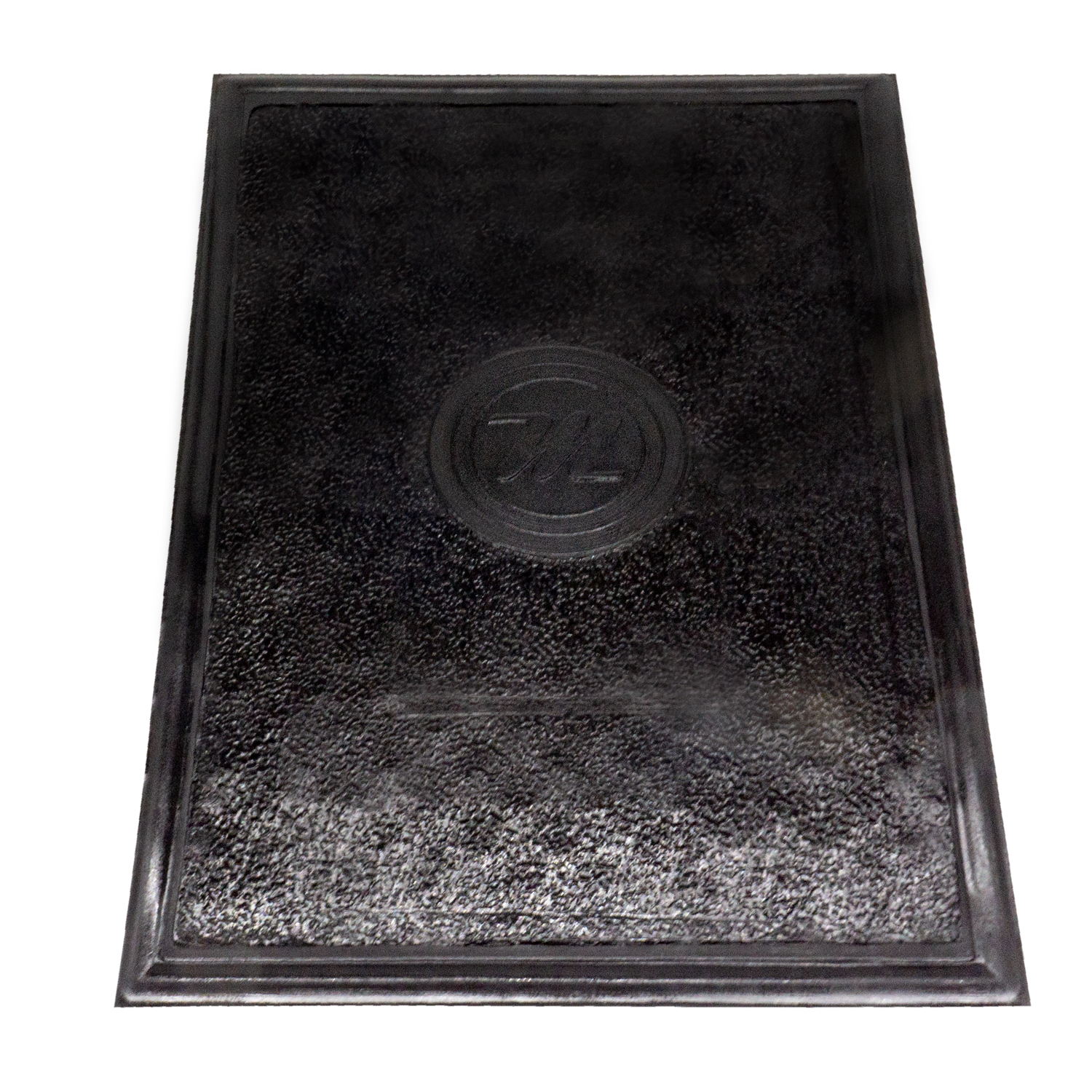 1954 Metropolitan Series A Accessory Floor Mat - 12"X17"-AC 52Accessory Floor Mat - made of high quality black rubber with molded original emblem. Also designed to be sewn into new carpets. 12"X17", Each
1954 Metropolitan Series A Accessory Floor Mat - 12"X17"-AC 52Accessory Floor Mat - made of high quality black rubber with molded original emblem. Also designed to be sewn into new carpets. 12"X17", Each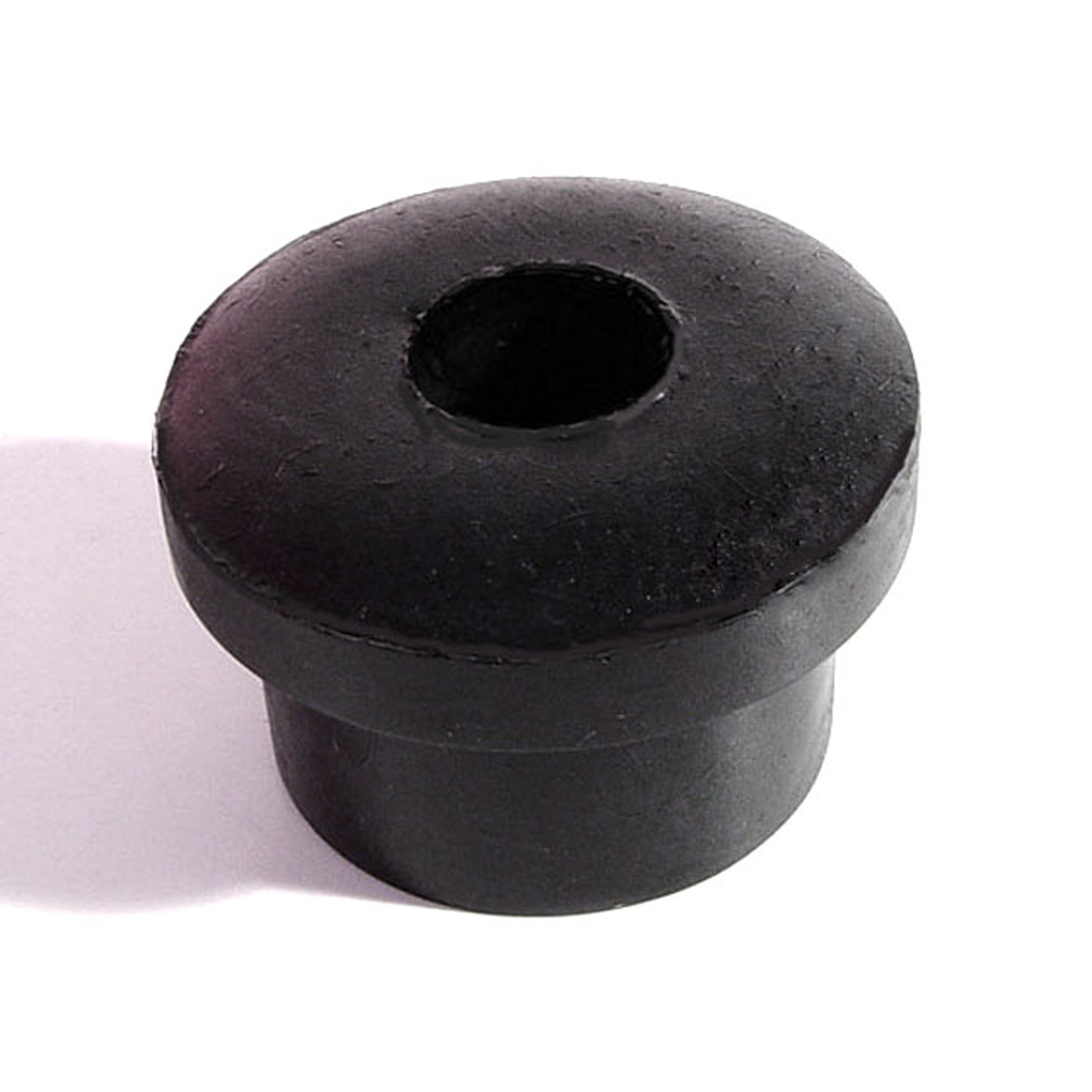 1954 Metropolitan Series A Spring Bushing, for Leaf Springs. 1-1/2" bottom O.D-BN 34-ASpring Bushing, for Leaf Springs. 1-1/2" bottom O.D. X 1-1/4" high, with 1/2" I.D. Each
1954 Metropolitan Series A Spring Bushing, for Leaf Springs. 1-1/2" bottom O.D-BN 34-ASpring Bushing, for Leaf Springs. 1-1/2" bottom O.D. X 1-1/4" high, with 1/2" I.D. Each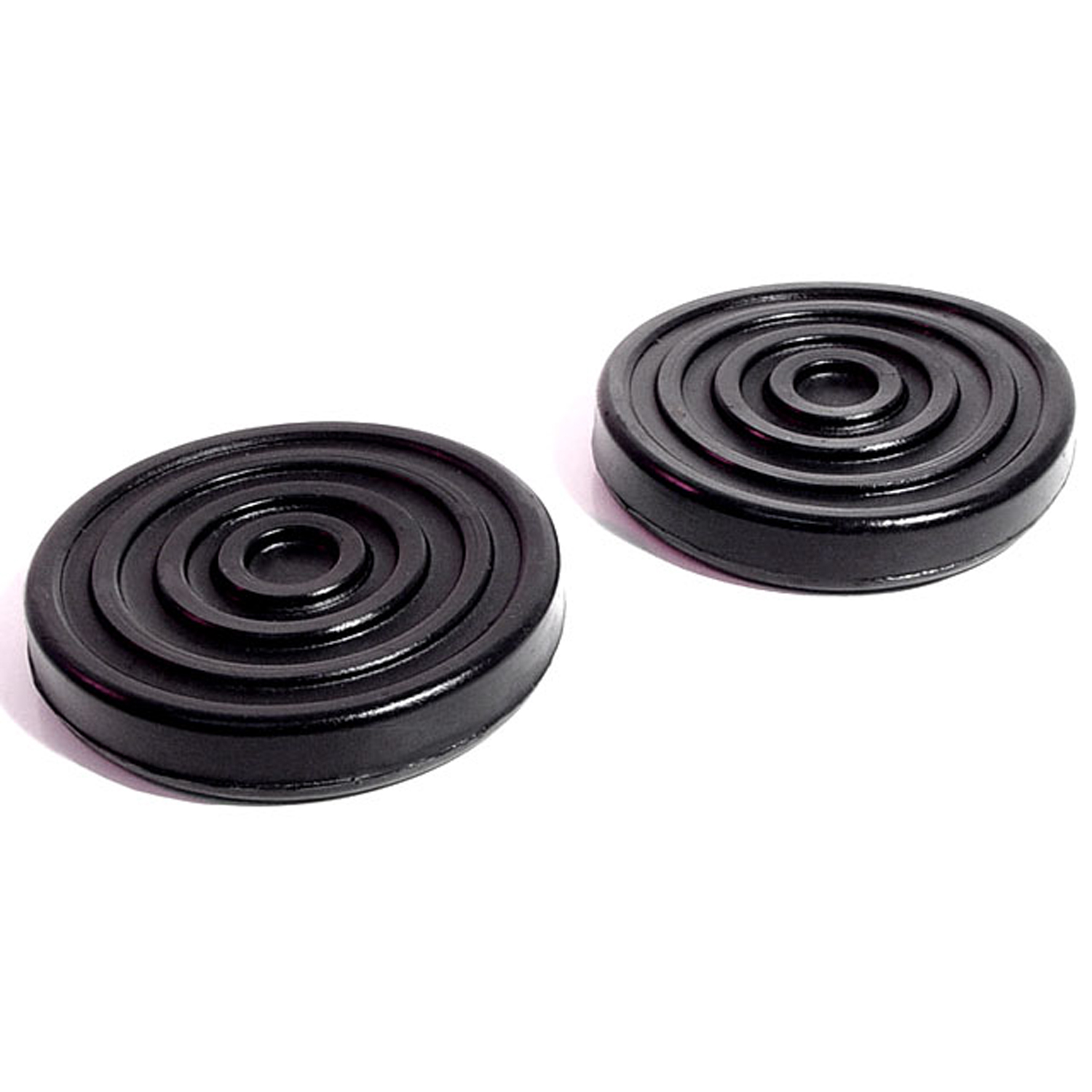 1954 Metropolitan Series A Clutch and Brake Pedal Pads. 2-5/8" Diameter. Pair-CB 167Clutch and Brake Pedal Pads. 2-5/8" Diameter. Pair
1954 Metropolitan Series A Clutch and Brake Pedal Pads. 2-5/8" Diameter. Pair-CB 167Clutch and Brake Pedal Pads. 2-5/8" Diameter. Pair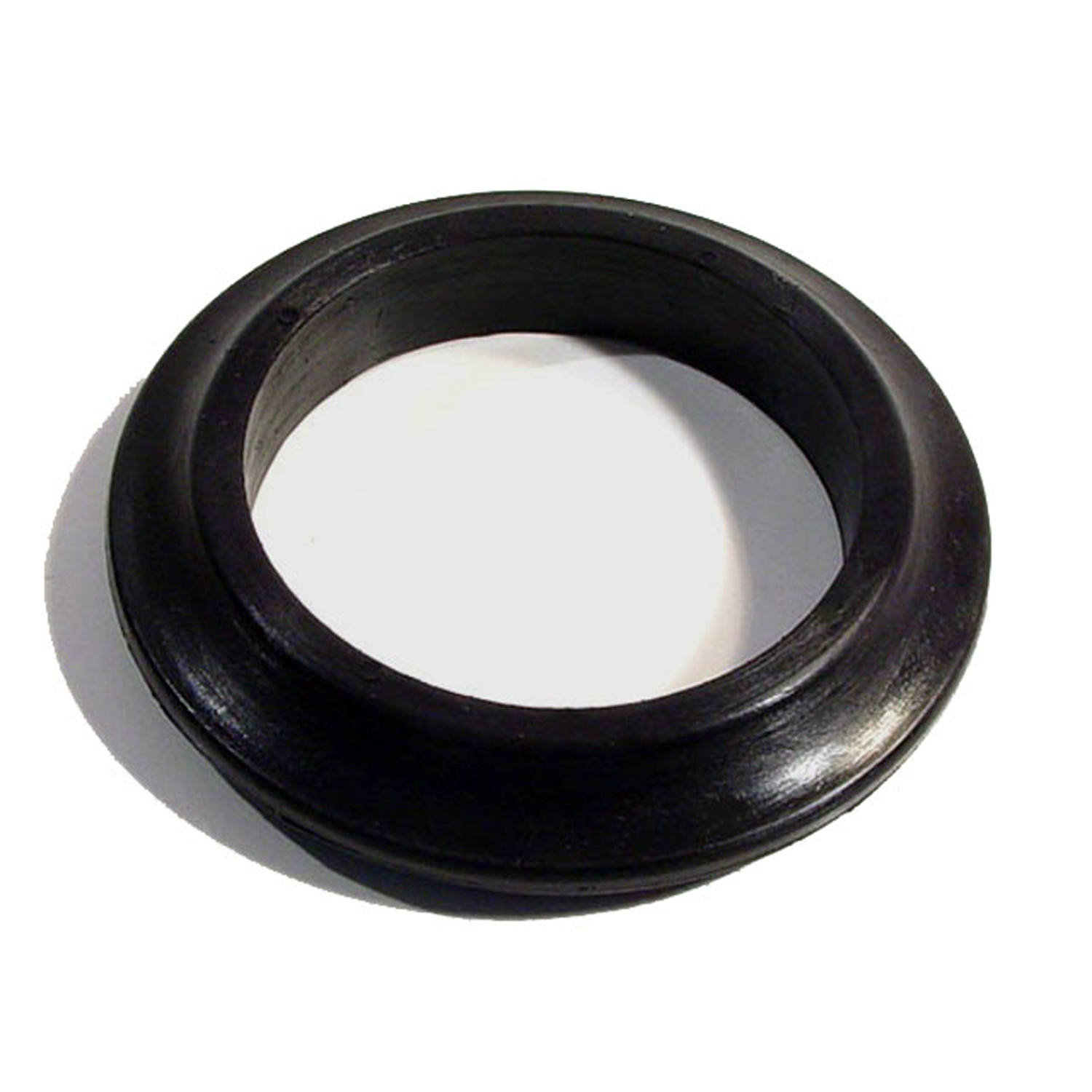 1954 Metropolitan Series A Gas Filler Grommet. 2-1/4" I.D., 3-5/16" O.D. Each-GF 21Gas Filler Grommet. 2-1/4" I.D., 3-5/16" O.D. Each
1954 Metropolitan Series A Gas Filler Grommet. 2-1/4" I.D., 3-5/16" O.D. Each-GF 21Gas Filler Grommet. 2-1/4" I.D., 3-5/16" O.D. Each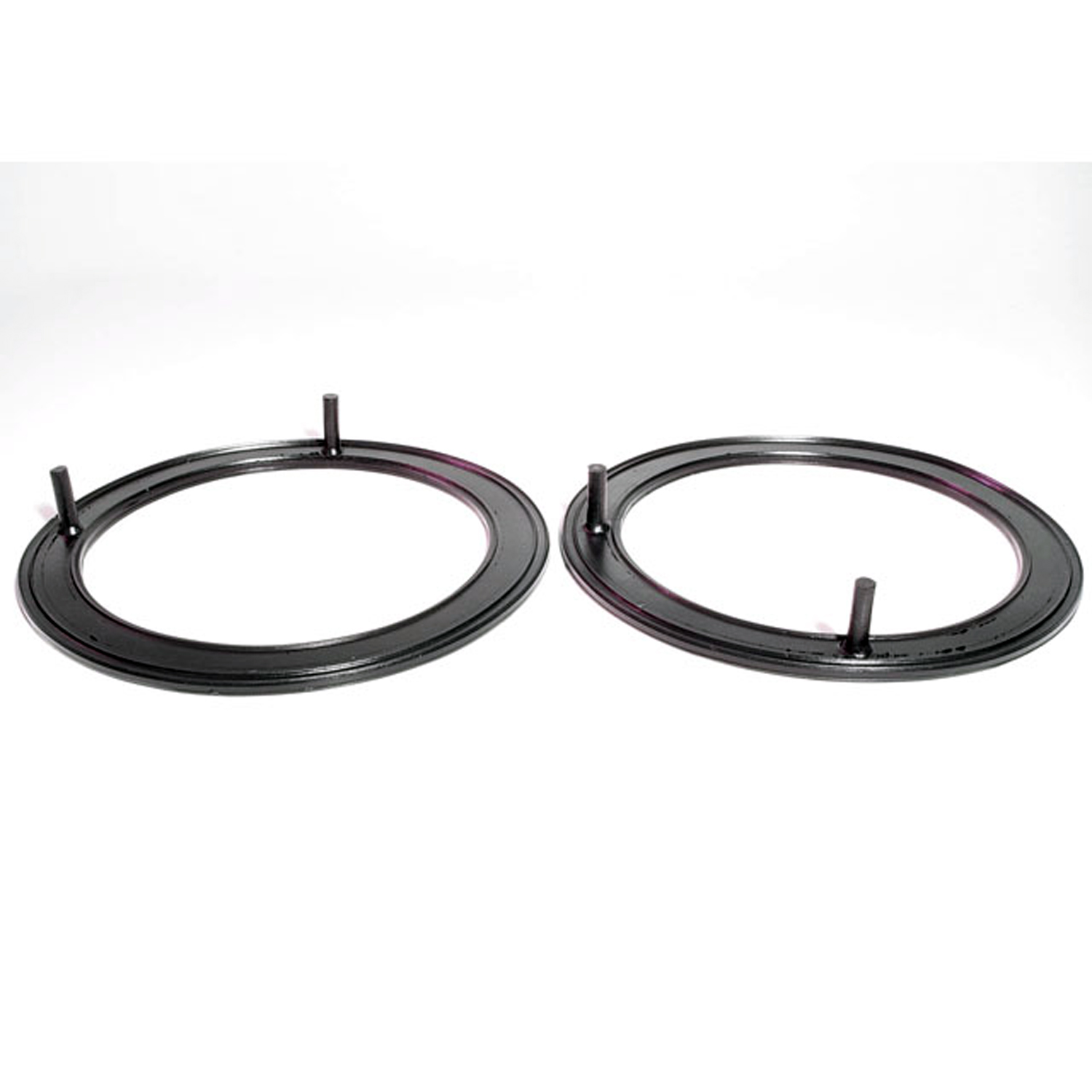 1954 Metropolitan Series A Headlight Ring Seal. 8-1/4" O.D., 6-3/8" I.D. Pair-HR 3Headlight Ring Seal. 8-1/4" O.D., 6-3/8" I.D. Pair
1954 Metropolitan Series A Headlight Ring Seal. 8-1/4" O.D., 6-3/8" I.D. Pair-HR 3Headlight Ring Seal. 8-1/4" O.D., 6-3/8" I.D. Pair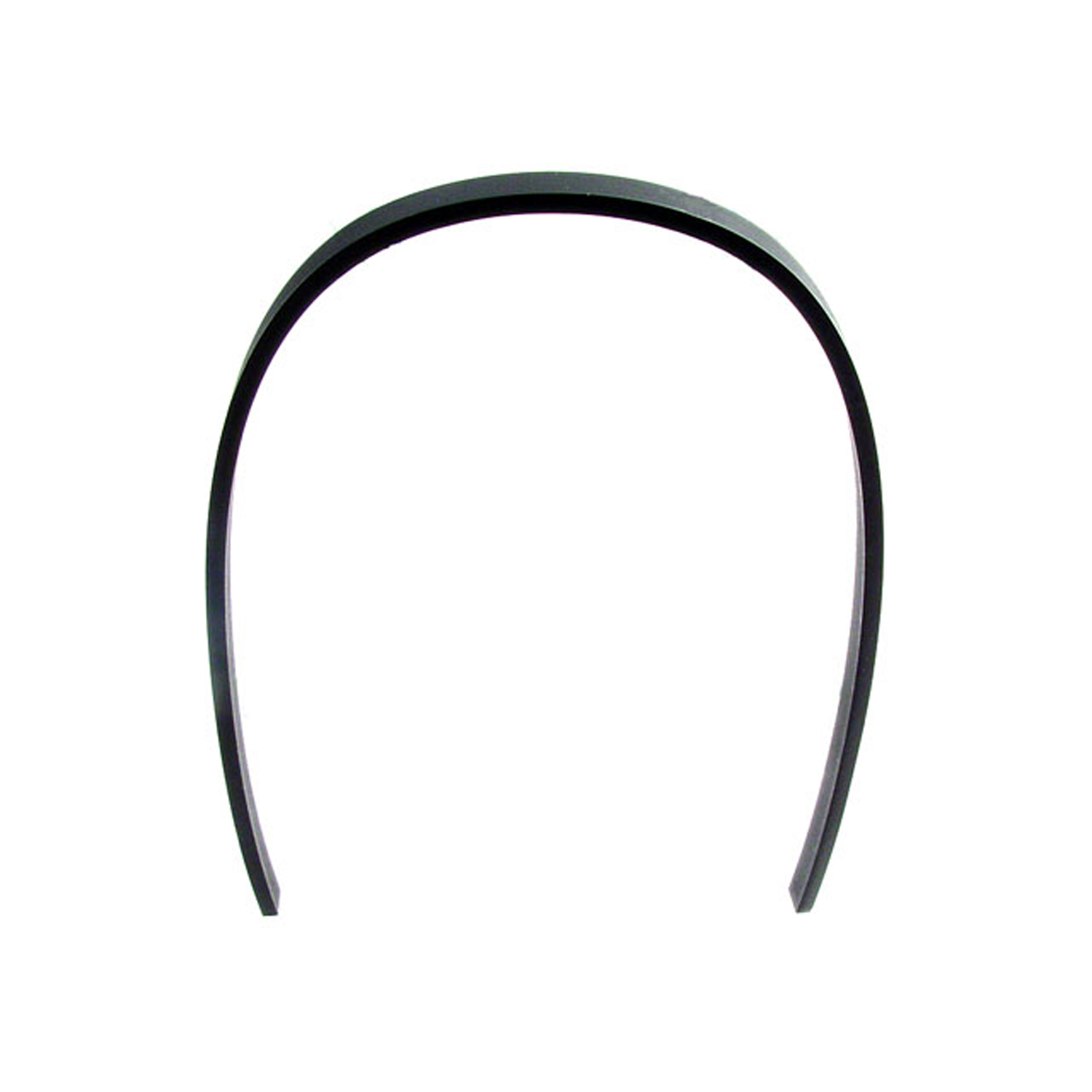 1954 Metropolitan Series A Tail-light Lens Gasket. Slips into groove-LG 7100-100Tail-light Lens Gasket. Slips into groove. Made of neoprene. 1/4" X 13-3/4" X 1/8". Each
1954 Metropolitan Series A Tail-light Lens Gasket. Slips into groove-LG 7100-100Tail-light Lens Gasket. Slips into groove. Made of neoprene. 1/4" X 13-3/4" X 1/8". Each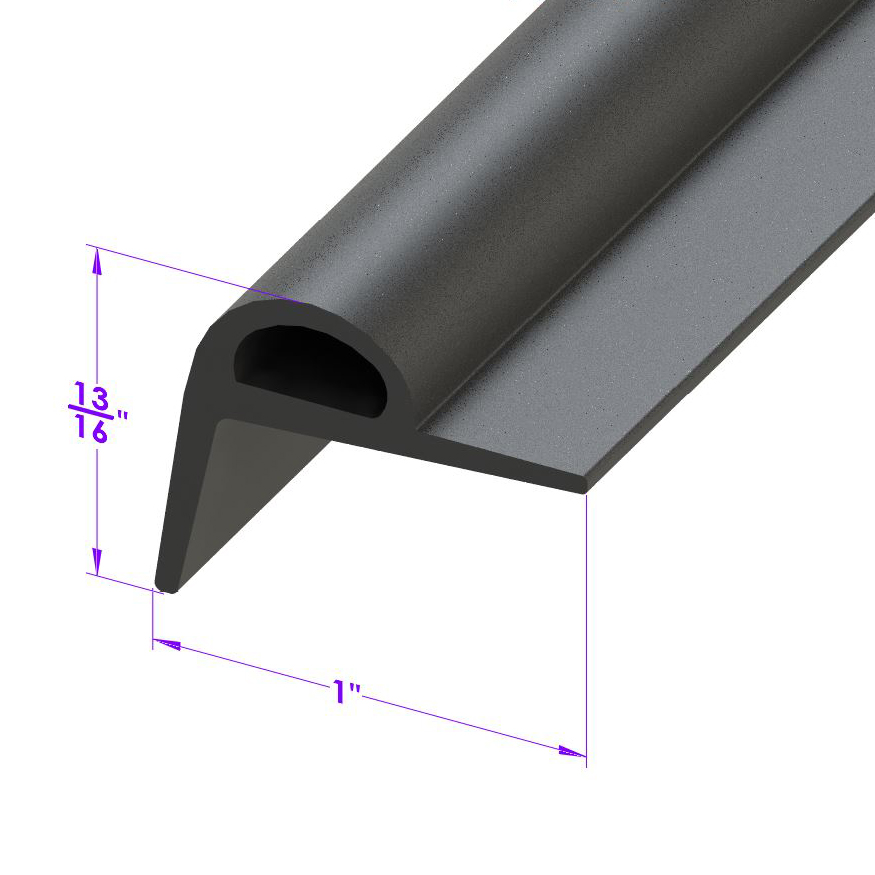 1954 Metropolitan Series A Top Bow to Header Seal, for Convertibles. Sold by the foot-LP 112-MTop Bow to Header Seal, for Convertibles. Sold by the foot
1954 Metropolitan Series A Top Bow to Header Seal, for Convertibles. Sold by the foot-LP 112-MTop Bow to Header Seal, for Convertibles. Sold by the foot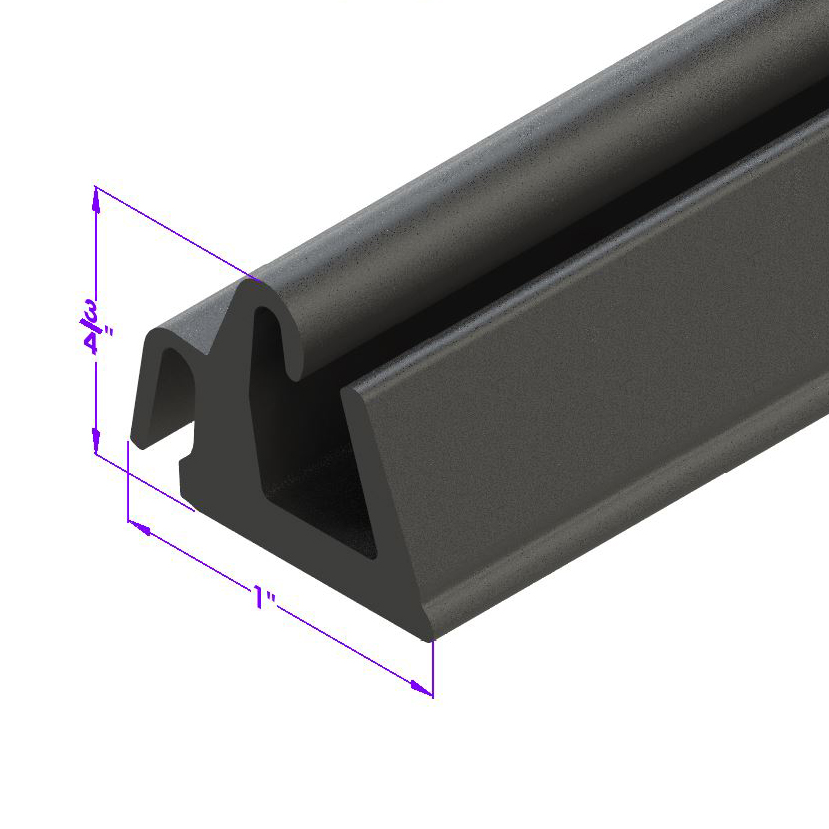 1954 Metropolitan Series A Roof Rail Seal, for Convertibles and Hardtops (early series)-LP 12-DRoof Rail Seal, for Convertibles and Hardtops (early series). For upper side window. Sold by the foot
1954 Metropolitan Series A Roof Rail Seal, for Convertibles and Hardtops (early series)-LP 12-DRoof Rail Seal, for Convertibles and Hardtops (early series). For upper side window. Sold by the foot 1954 Metropolitan Series A Mirror Pad. 1-1/2" wide X 4" long. Each-MP 1104-AMirror Pad. 1-1/2" wide X 4" long. Each
1954 Metropolitan Series A Mirror Pad. 1-1/2" wide X 4" long. Each-MP 1104-AMirror Pad. 1-1/2" wide X 4" long. Each 1954 Metropolitan Series A Door Handle Pads. 2-5/8" long & 1" long. Set of 4 R&L-MP 1104-BDoor Handle Pads. 2-5/8" long & 1" long. Set of 4 R&L
1954 Metropolitan Series A Door Handle Pads. 2-5/8" long & 1" long. Set of 4 R&L-MP 1104-BDoor Handle Pads. 2-5/8" long & 1" long. Set of 4 R&L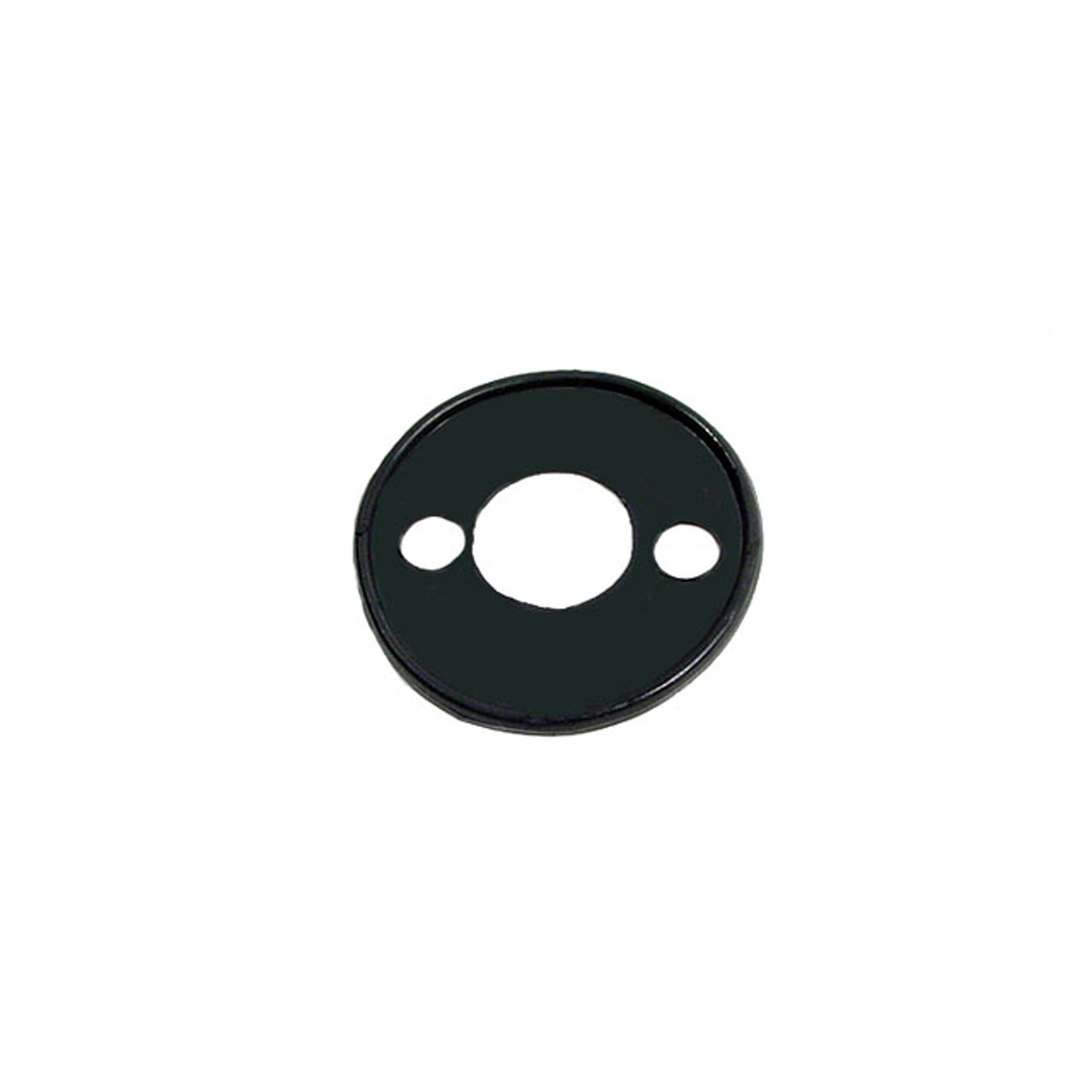 1954 Metropolitan Series A Trunk Handle Pad. 2-1/8" O.D. Each-MP 1104-CTrunk Handle Pad. 2-1/8" O.D. Each
1954 Metropolitan Series A Trunk Handle Pad. 2-1/8" O.D. Each-MP 1104-CTrunk Handle Pad. 2-1/8" O.D. Each 1954 Metropolitan Series A Trunk Hinge Pads. 1-1/8" wide X 5" long. Set-MP 1104-DTrunk Hinge Pads. 1-1/8" wide X 5" long. Set
1954 Metropolitan Series A Trunk Hinge Pads. 1-1/8" wide X 5" long. Set-MP 1104-DTrunk Hinge Pads. 1-1/8" wide X 5" long. Set 1954 Metropolitan Series A Door Handle Pads. 2-1/2" long & 3/4" long. Set-MP 1104-EDoor Handle Pads. 2-1/2" long & 3/4" long. Set
1954 Metropolitan Series A Door Handle Pads. 2-1/2" long & 3/4" long. Set-MP 1104-EDoor Handle Pads. 2-1/2" long & 3/4" long. Set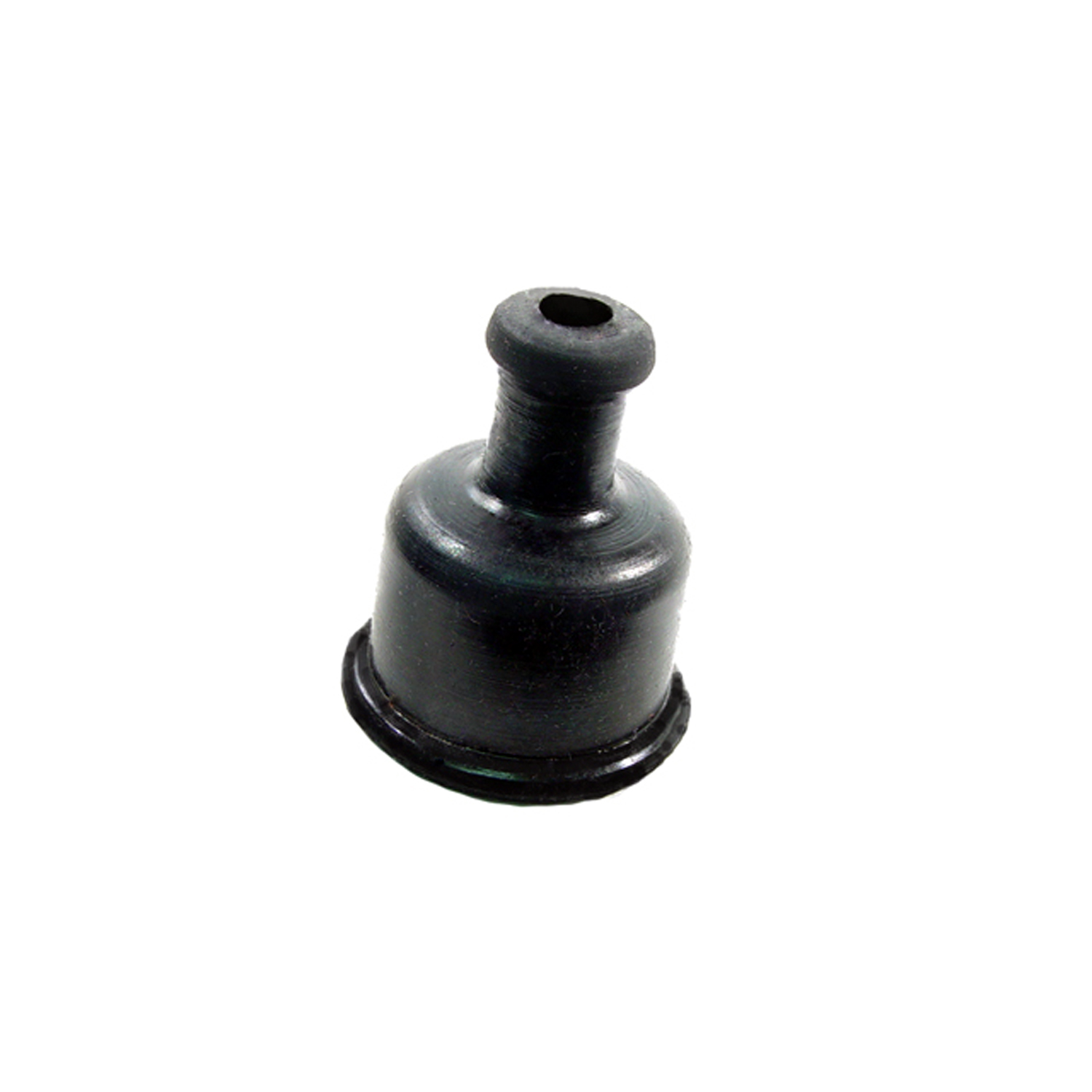 1954 Metropolitan Series A Oil Level Dipstick Dust Cap. Top hole has 1/4" I.D-RP 8-AOil Level Dipstick Dust Cap. Top hole has 1/4" I.D. Bottom hole has 1-1/4" O.D. Cap is 1-1/2" tall. Each
1954 Metropolitan Series A Oil Level Dipstick Dust Cap. Top hole has 1/4" I.D-RP 8-AOil Level Dipstick Dust Cap. Top hole has 1/4" I.D. Bottom hole has 1-1/4" O.D. Cap is 1-1/2" tall. Each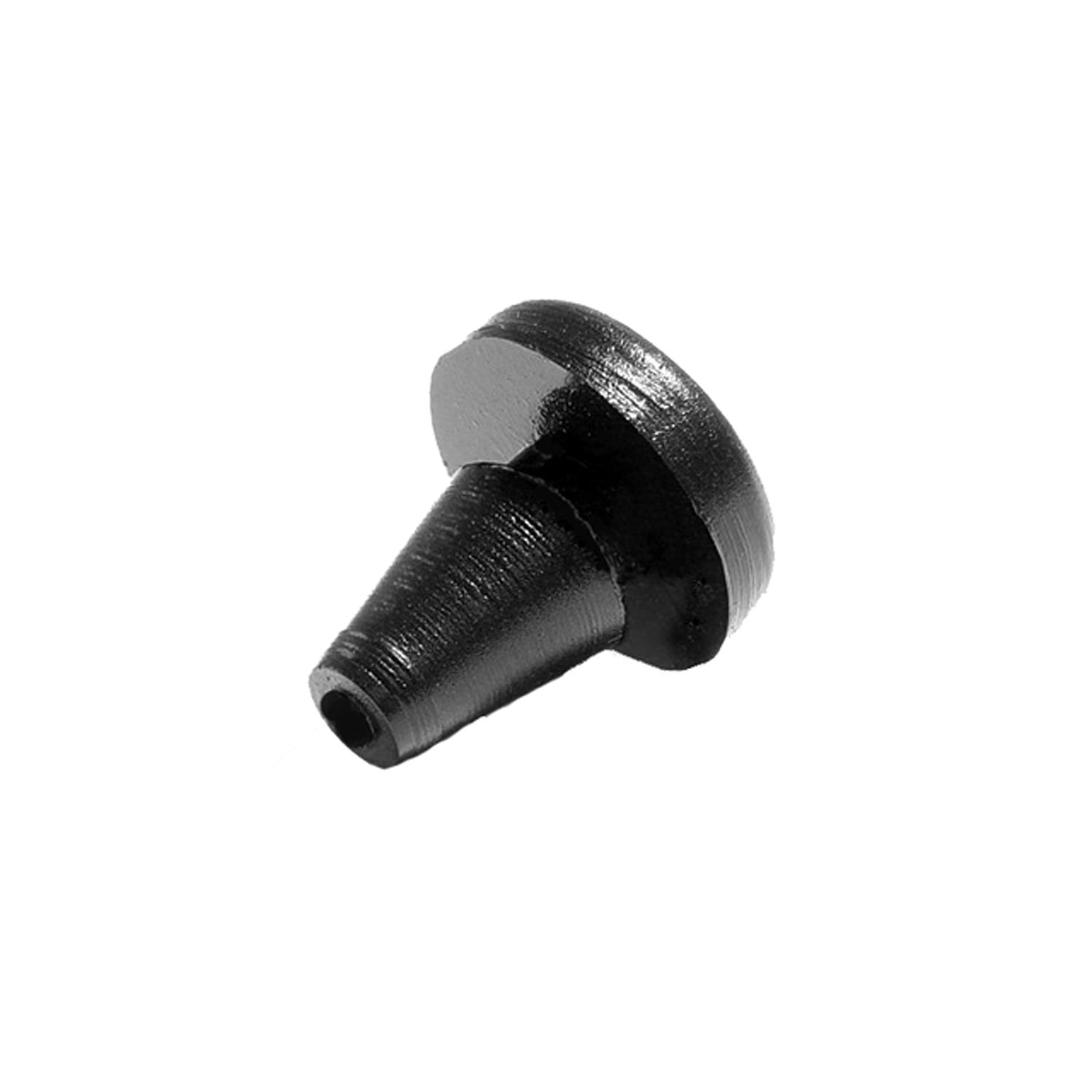 1954 Metropolitan Series A Hood Side Bumper. 5/8" O.D.,5/8" High. Each-SB 11Hood Side Bumper. 5/8" O.D.,5/8" High. Each
1954 Metropolitan Series A Hood Side Bumper. 5/8" O.D.,5/8" High. Each-SB 11Hood Side Bumper. 5/8" O.D.,5/8" High. Each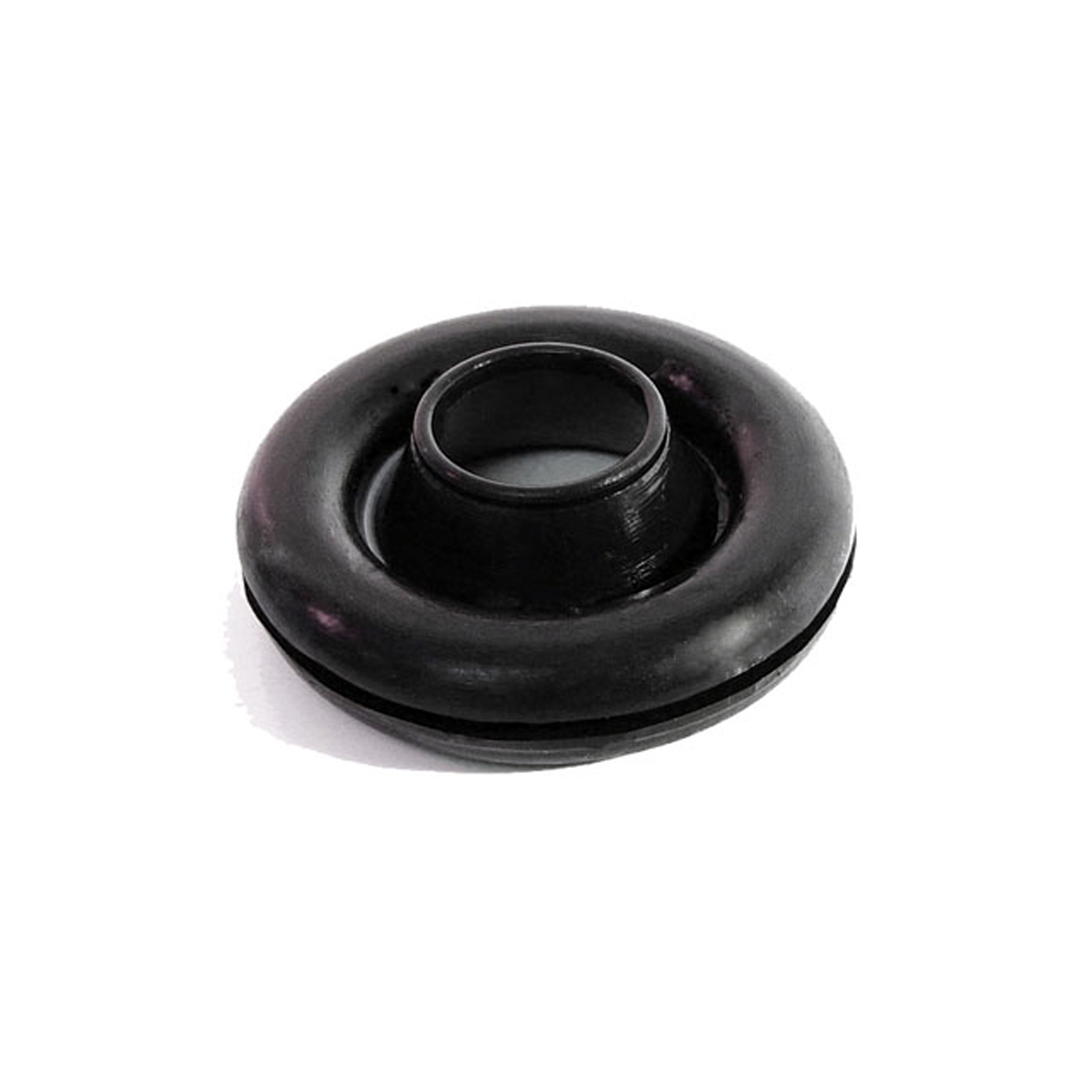 1954 Metropolitan Series A Main Wire Harness Grommet at Firewall. 1-7/8" O.D., 5/8" I-SM 100-BMain Wire Harness Grommet at Firewall. 1-7/8" O.D., 5/8" I.D., Fits 1-1/4" hole. Each
1954 Metropolitan Series A Main Wire Harness Grommet at Firewall. 1-7/8" O.D., 5/8" I-SM 100-BMain Wire Harness Grommet at Firewall. 1-7/8" O.D., 5/8" I.D., Fits 1-1/4" hole. Each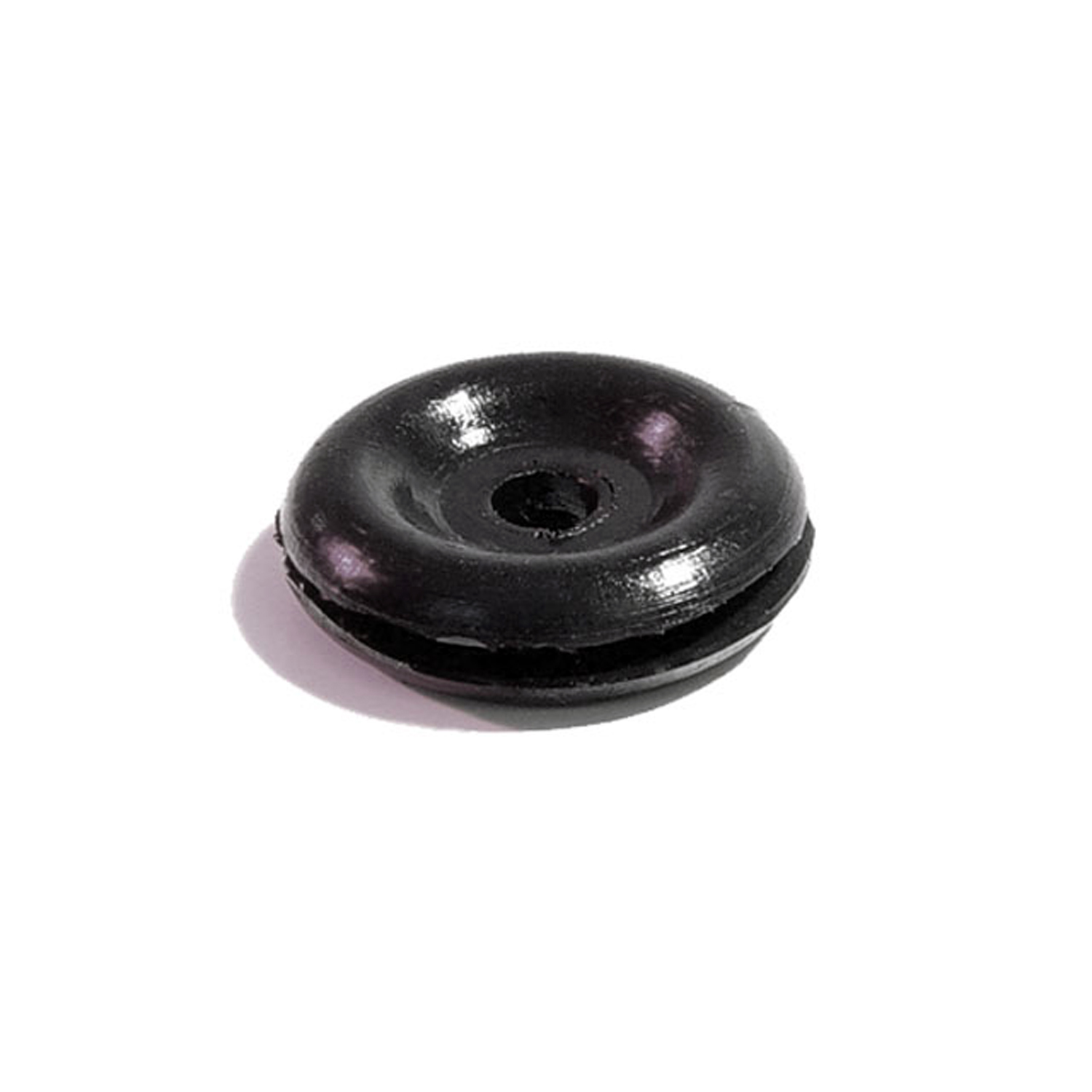 1954 Metropolitan Series A Sheet Metal Grommet-SM 102Sheet Metal Grommet. Used for choke cable, starter cable, horn wire, wiper wires and license plate lamp wires. Fits 9/16" hole. 3/16" center hole. Each
1954 Metropolitan Series A Sheet Metal Grommet-SM 102Sheet Metal Grommet. Used for choke cable, starter cable, horn wire, wiper wires and license plate lamp wires. Fits 9/16" hole. 3/16" center hole. Each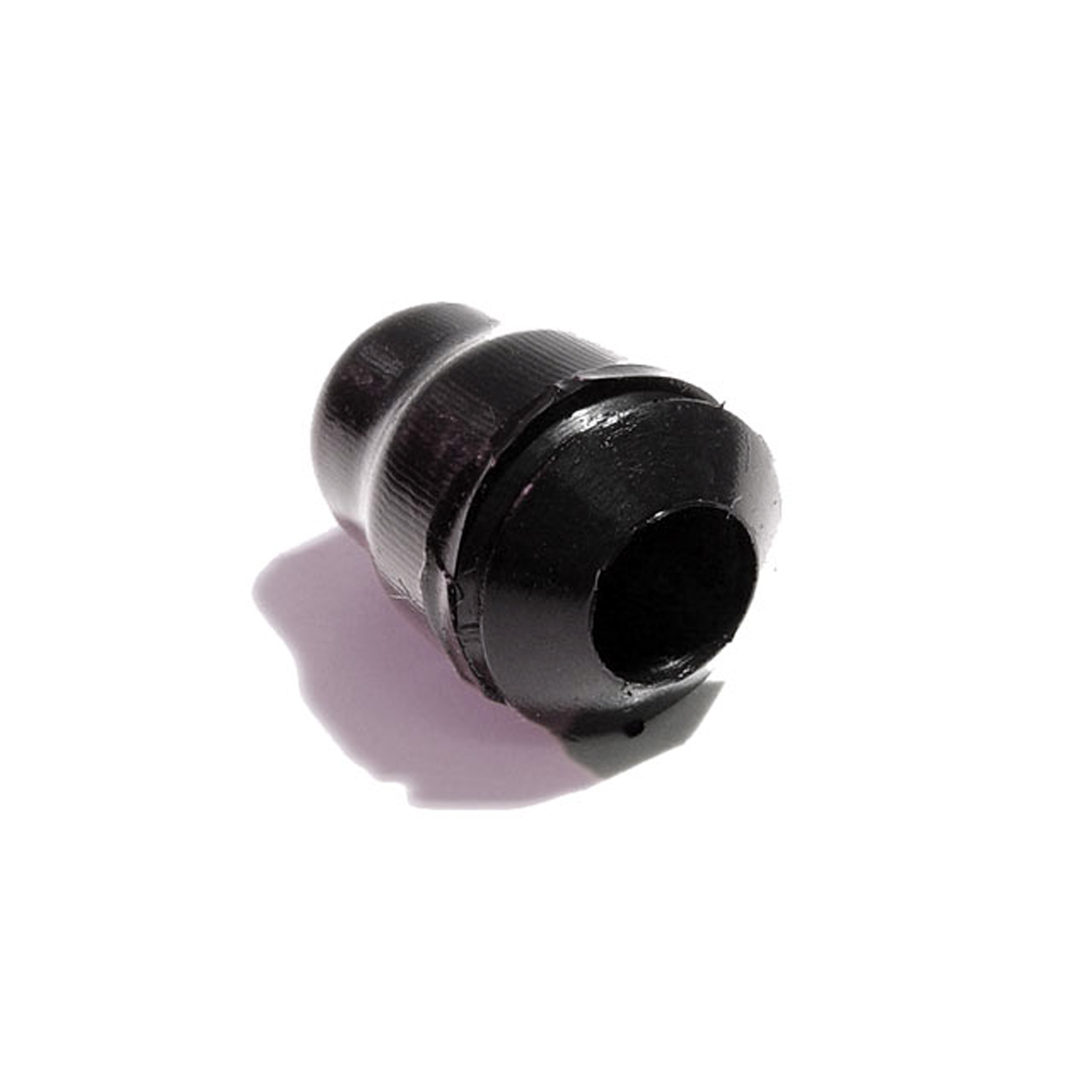 1954 Metropolitan Series A Pivot Grommet. 3/4" high X 3/16" I.D. Each-SM 5Pivot Grommet. 3/4" high X 3/16" I.D. Each
1954 Metropolitan Series A Pivot Grommet. 3/4" high X 3/16" I.D. Each-SM 5Pivot Grommet. 3/4" high X 3/16" I.D. Each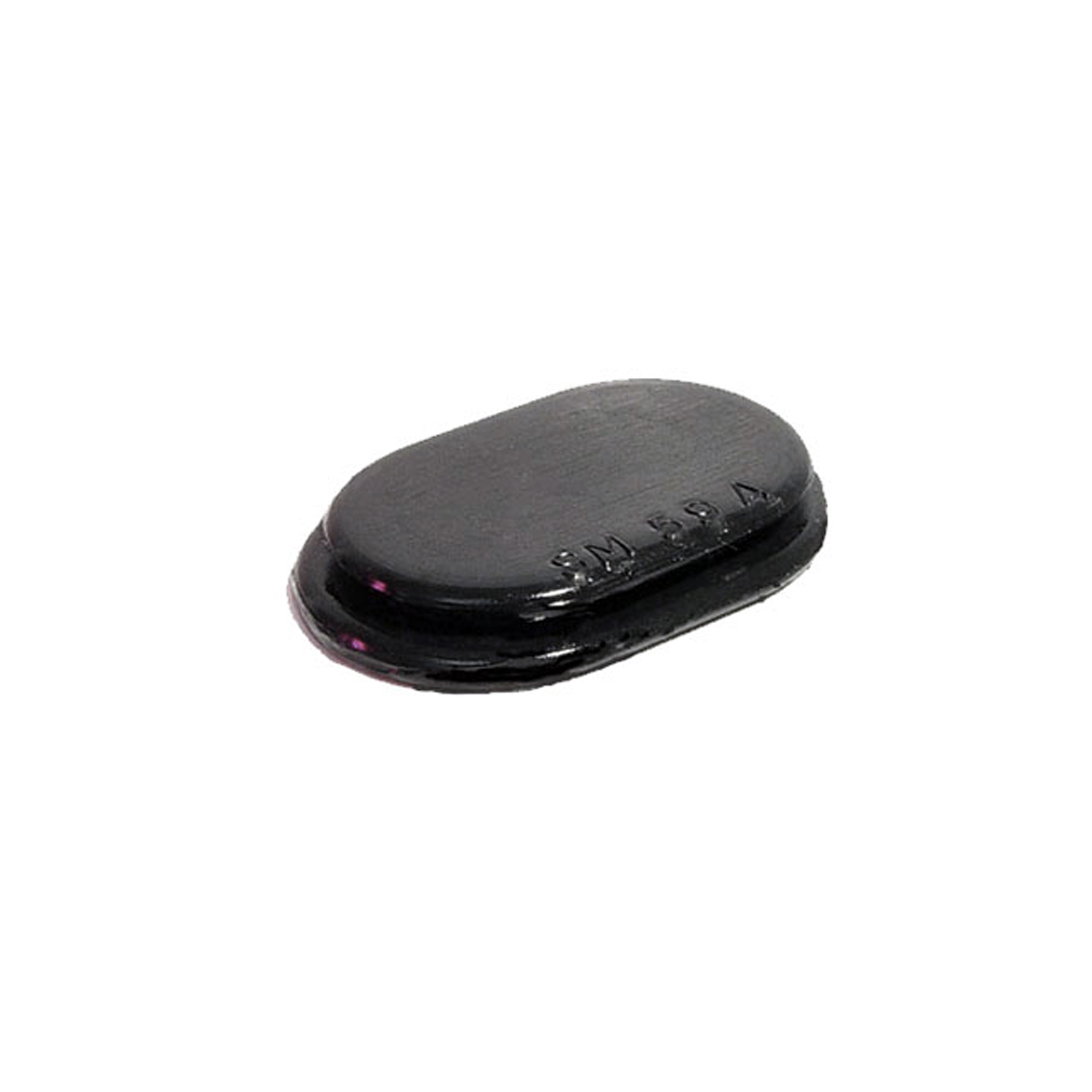 1954 Metropolitan Series A Door End Plug. Four used per car. Each-SM 59-ADoor End Plug. Four used per car. Each
1954 Metropolitan Series A Door End Plug. Four used per car. Each-SM 59-ADoor End Plug. Four used per car. Each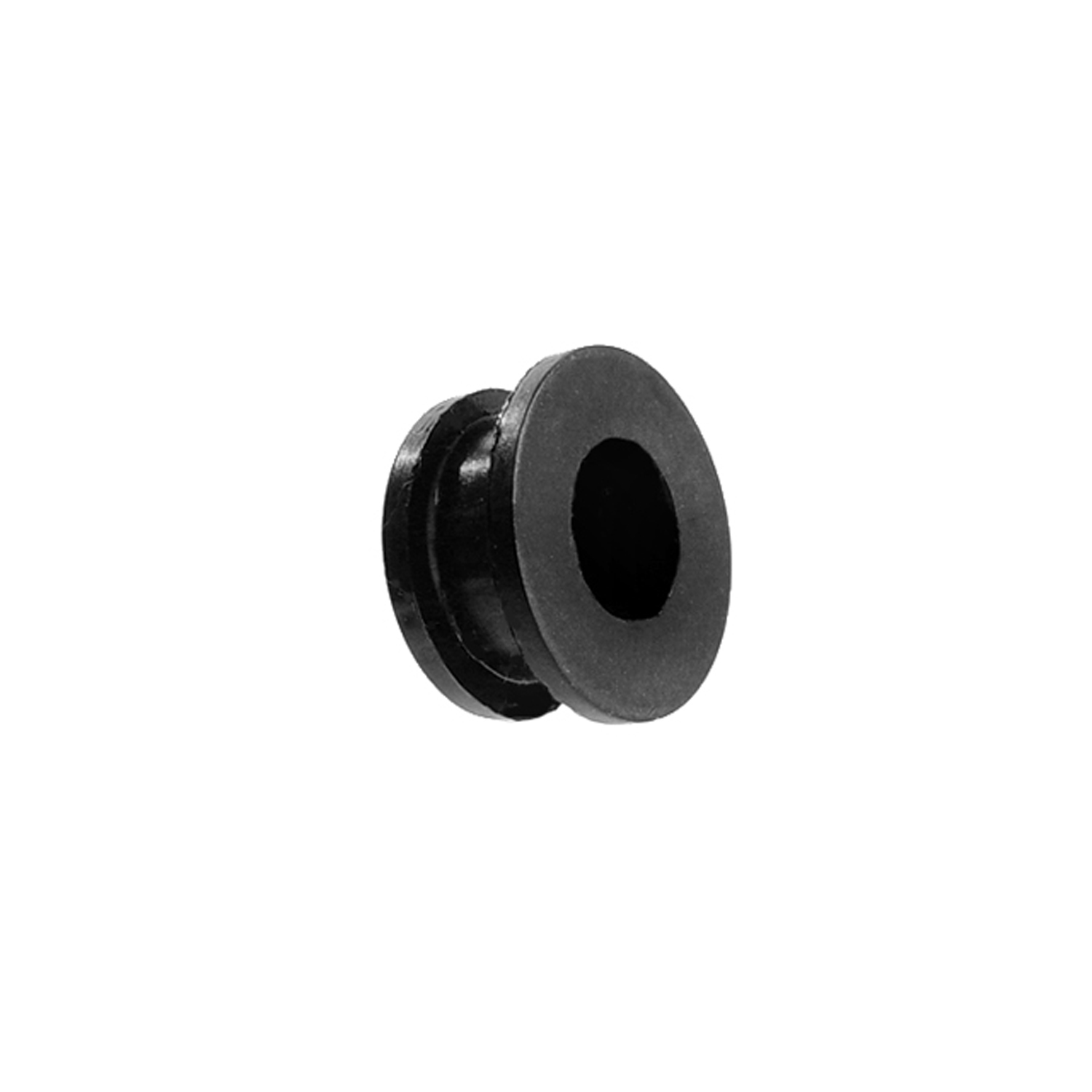 1954 Metropolitan Series A Shift Linkage Grommet-SM 93Shift Linkage Grommet. Use your original steel bushing in center. Each
1954 Metropolitan Series A Shift Linkage Grommet-SM 93Shift Linkage Grommet. Use your original steel bushing in center. Each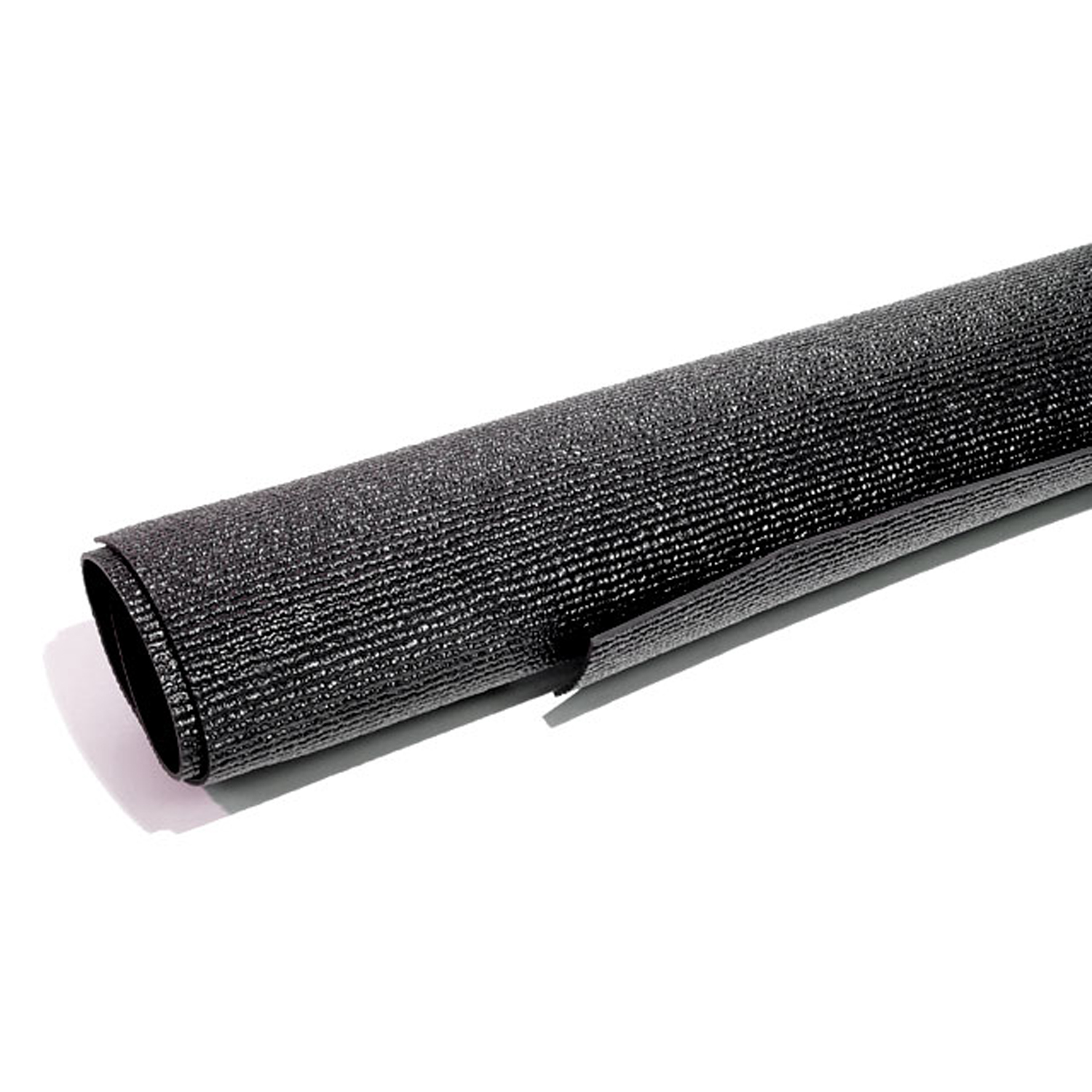 1954 Metropolitan Series A Trunk Mat-TM 7100Trunk Mat. High quality reproduction, made specific for vehicle. Does not have snaps. Each
1954 Metropolitan Series A Trunk Mat-TM 7100Trunk Mat. High quality reproduction, made specific for vehicle. Does not have snaps. Each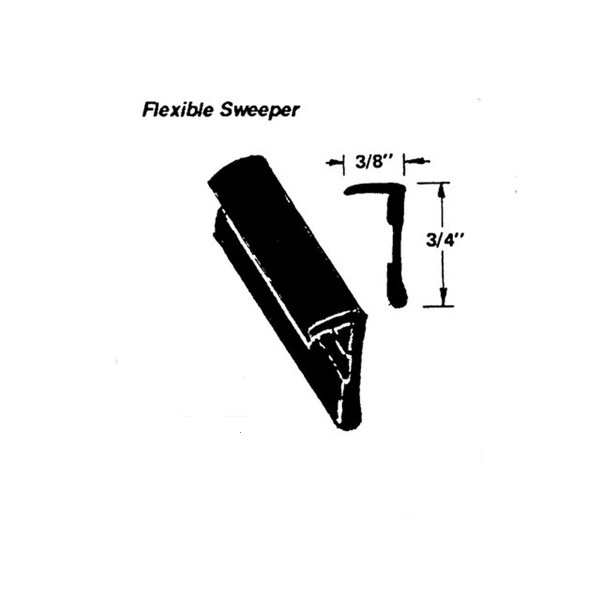 1954 Metropolitan Series A Flexible Sweeper. Made of rubber-WC 23-/FTFlexible Sweeper. Made of rubber. Seal for outside of side window. Sold by the foot
1954 Metropolitan Series A Flexible Sweeper. Made of rubber-WC 23-/FTFlexible Sweeper. Made of rubber. Seal for outside of side window. Sold by the foot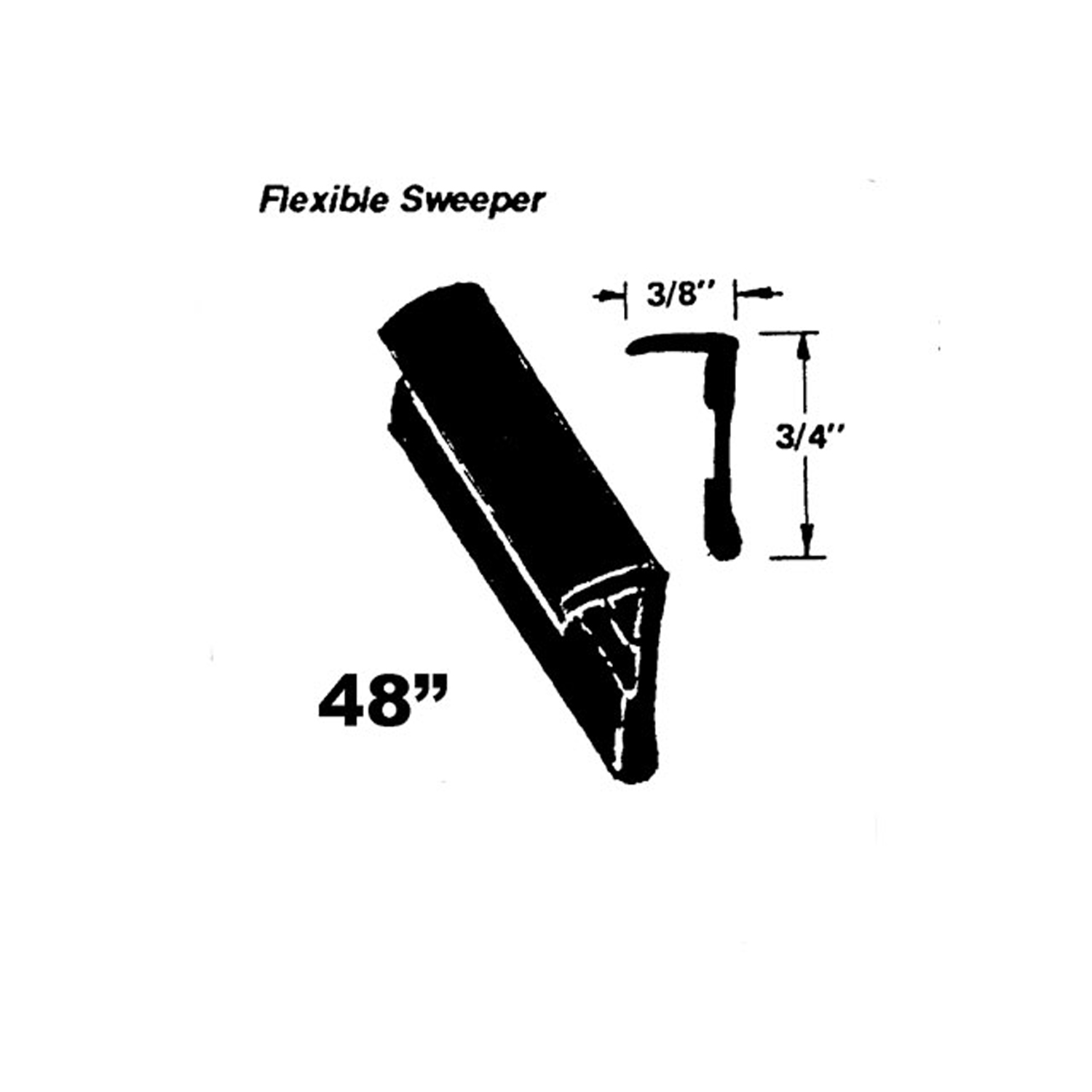 1954 Metropolitan Series A Flexible Sweeper. Made of rubber-WC 23-48Flexible Sweeper. Made of rubber. Seal for outside of side window. 48" Piece. Each
1954 Metropolitan Series A Flexible Sweeper. Made of rubber-WC 23-48Flexible Sweeper. Made of rubber. Seal for outside of side window. 48" Piece. Each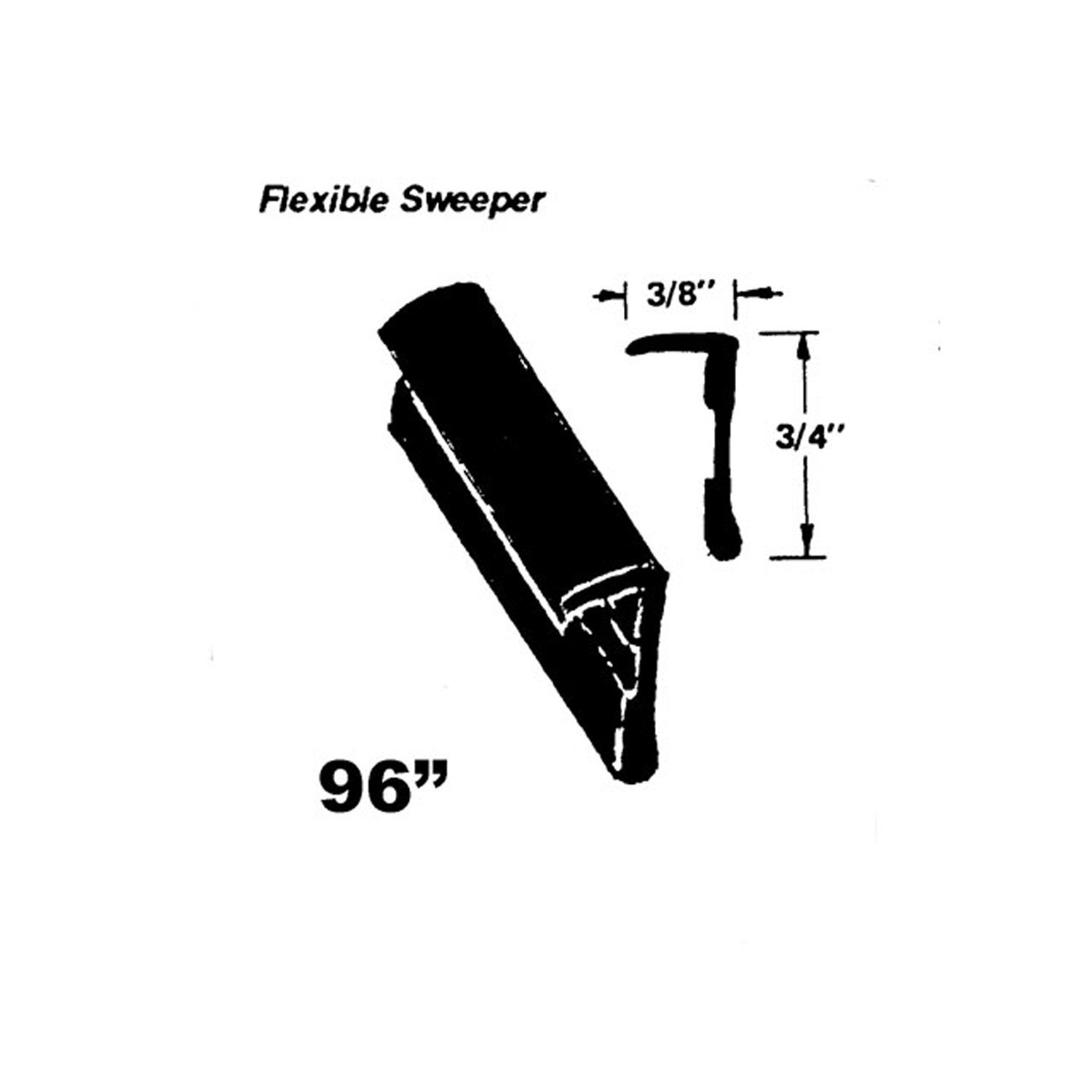 1954 Metropolitan Series A Flexible Sweeper. Made of rubber-WC 23-96Flexible Sweeper. Made of rubber. Seal for outside of side window. 96" Piece. each
1954 Metropolitan Series A Flexible Sweeper. Made of rubber-WC 23-96Flexible Sweeper. Made of rubber. Seal for outside of side window. 96" Piece. each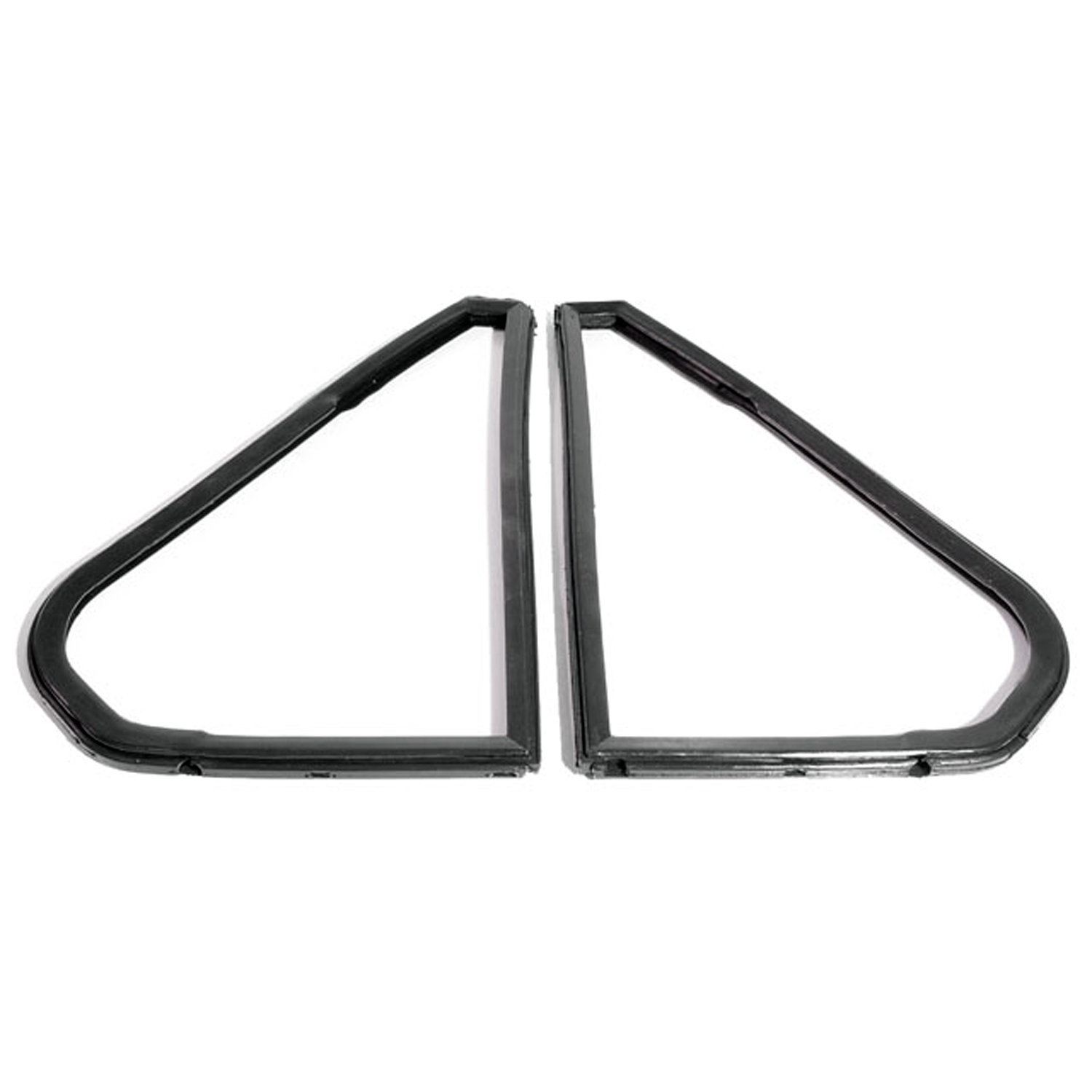 1954 Metropolitan Series A Front Vent Window Seals with Division Bar-WR 7100Front Vent Window Seals with Division Bar. Molded in exact configuration. Pair R&L
1954 Metropolitan Series A Front Vent Window Seals with Division Bar-WR 7100Front Vent Window Seals with Division Bar. Molded in exact configuration. Pair R&LWhy Choose Metro?
For over 100 years, Metro Moulded Parts has been the pinnacle of quality in classic car restoration parts. Our commitment to precision and authenticity in every component ensures a perfect fit and an OEM-level appearance.
- Expert Craftsmanship & Quality: Each part is a testament to our dedication to reliability and perfection, crafted from original designs and thoroughly tested.
- Advanced Technology: We use cutting-edge techniques to create flawless, long-lasting parts that surpass others in performance.
- SuperSoft Sponge – The Ultimate Door Seal: Not only are our door seals 30% softer than competitors', but they're also guaranteed to never leak. They effectively reduce wind and road noise, enhancing your classic car's comfort and driving experience.
- Proudly American: Our parts are a product of American craftsmanship, made in the USA with a spirit of excellence and heritage.
- Unrivaled Warranty: We back our products with a 30-year industry-leading warranty, a testament to our confidence in their quality.
Join us in preserving the legacy of classic cars with parts that are crafted for perfection, not just made.

